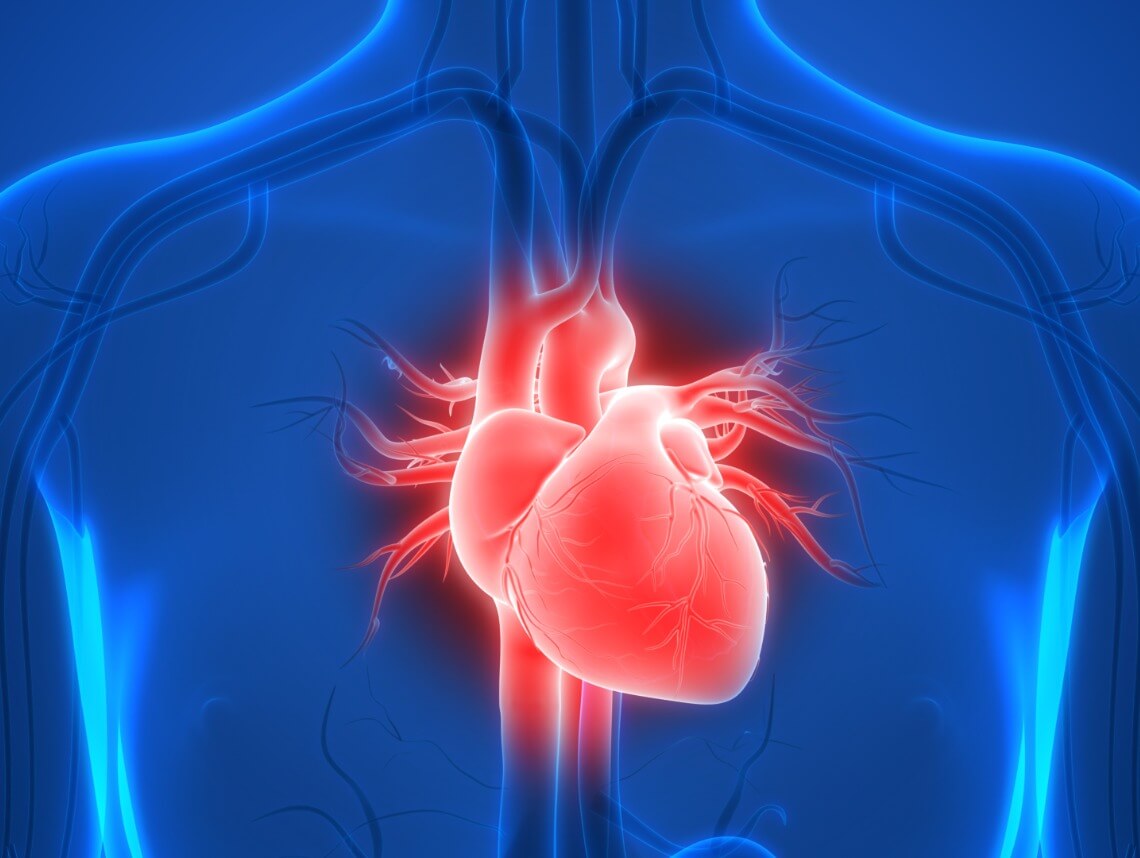Learning your child has a rare heart condition at birth is one of the most challenging times a parent can face. There is often a long list of questions and anxieties about treating the condition, what future quality of life will look like, and how it will impact the whole family. Truncus arteriosus is a very serious condition with lifelong effects but is also generally treatable with surgery.
This helpful guide can help you better understand truncus arteriosus so you can make more informed decisions about treatment and meeting care needs. We hope this information can help you achieve the best possible outcome for you, your child, and your whole family.
What is Truncus Arteriosus?
Truncus arteriosus is a rare congenital heart defect. It develops in the womb and affects the function and structure of the heart.
With truncus arteriosus, the primary blood vessel leaving the heart does not entirely separate into two separate blood vessels. Without separation, oxygen-rich blood and oxygen-poor blood mix together, making the heart work much harder than it needs to. This can lead to several complications, including high blood pressure in the lungs and overgrowth of the heart.
According to the CDC, truncus arteriosus occurs in approximately one out of every 10,000 births.
Truncus Arteriosus Causes
Like other congenital heart diseases, truncus arteriosus is usually caused by a combination of genetic and environmental factors. In many situations, doctors are unable to find the specific cause.
Truncus Arteriosus Risk Factors
Several factors can increase the risk of developing congenital heart defects in children, including truncus arteriosus. Risk factors include:
- Lifestyle factors, such as smoking, drinking alcohol, and obesity
- Viral illness during pregnancy
- Family history of congenital heart defects
- Chromosomal defects and other genetic factors
- Untreated diabetes during pregnancy
- Certain medications taken during pregnancy
Babies born with truncus arteriosus also often have a related condition known as a ventricular septal defect, which is a hole between the lower two heart chambers.
Truncus Arteriosus Symptoms
Truncus arteriosus usually causes the development of severe symptoms within the first days of life. These include:
- Shortness of breath and fast breathing
- Excessive sleepiness and lethargy
- Problems with feeding and early growth
- Abnormal heartbeat
- Noticeable blue or gray tint to the skin, fingers and toes
Truncus Arteriosus Complications
Truncus arteriosus is a critical condition that typically requires immediate diagnosis and treatment. Complications can include breathing problems, high blood pressure in the lungs, and overgrowth of heart muscles that can eventually lead to heart failure. Untreated truncus arteriosus is a life-threatening condition.
Diagnosing Truncus Arteriosus
Truncus arteriosus is often diagnosed within days of birth. In some cases, providers may identify it before birth through a fetal echocardiogram. Diagnostic steps usually include:
- Listening to the heart and breathing
- Reviewing family medical history
- Performing a chest X-ray
- Pulse oximetry to measure oxygen levels in the blood
- Echocardiogram
If truncus arteriosus is diagnosed, it will typically be treated with immediate surgery.
Truncus Arteriosus Treatment Options
Immediate surgery will be needed to repair the single vessel and improve heart function. Multiple surgeries may be required depending on the condition and health of the heart as children grow. Medications, including diuretics and inotropes, are also given before and after procedures to improve blood flow and reduce blood pressure.
Surgery is usually successful, but the condition typically requires ongoing care and checkups throughout childhood and into adulthood.
Caring for a Child With Truncus Arteriosus
After surgery, children can have extensive care needs, including repeat appointments to ensure proper heart function. Prescription medications, rehabilitation, and activity modifications are commonly recommended for children with truncus arteriosus.
There are also a few measures to help encourage healthy development and activity levels for children with this diagnosis. Support groups and counseling exist to help with mental and emotional needs and can be very helpful for children and families dealing with any longer-term effects. For busy families or families with multiple children, pediatric home health services can help ensure that children recovering from truncus arteriosus receive the care and attention they deserve.
Pediatric home health RNs and LPNs can assist with nutrition, feeding, at-home rehab exercises, administering medication, and accompanying children to appointments. Care plans can be individualized to meet nearly any specific need.
Contact Care Options for Kids for Home Health Care
It can be hard to balance your time between work, home, and caring for a child. That’s why our team of skilled professionals at Care Options for Kids is here to help. We have been enforcing precautionary measures and following the Centers For Disease Control (CDC) guidelines for COVID-19 to ensure the safety and health of our clients and employees.
Our home health care services offers one-on-one care in the comfort of your home. We refer loving and competent nurses to provide customized care for families — from a few hours a day to around-the-clock supervision. Contact us directly to speak with a home health care professional or request a free in-home assessment. Together we can determine the best plan of action to keep your loved ones happy and healthy.
If you or a loved one are considering Pediatric Home Health Care Services, contact the caring staff at Care Options for Kids. Call today at (888) 592-5855.






